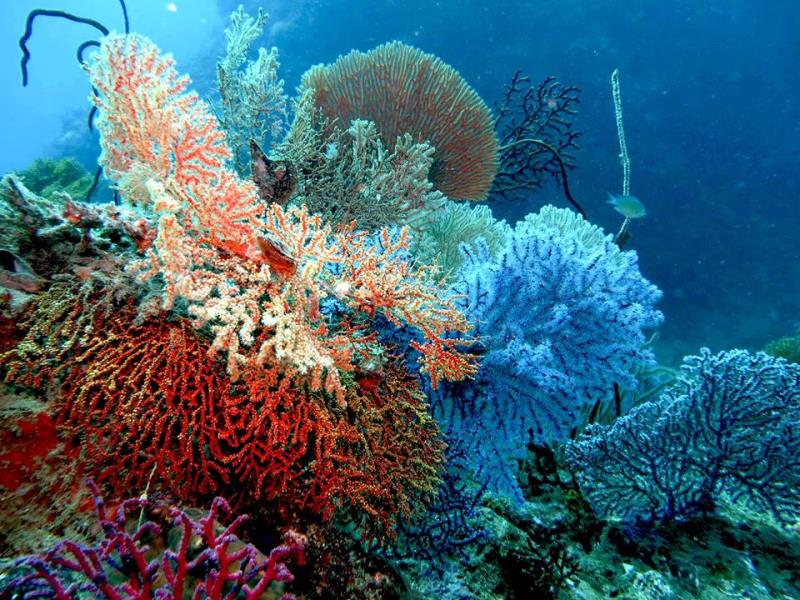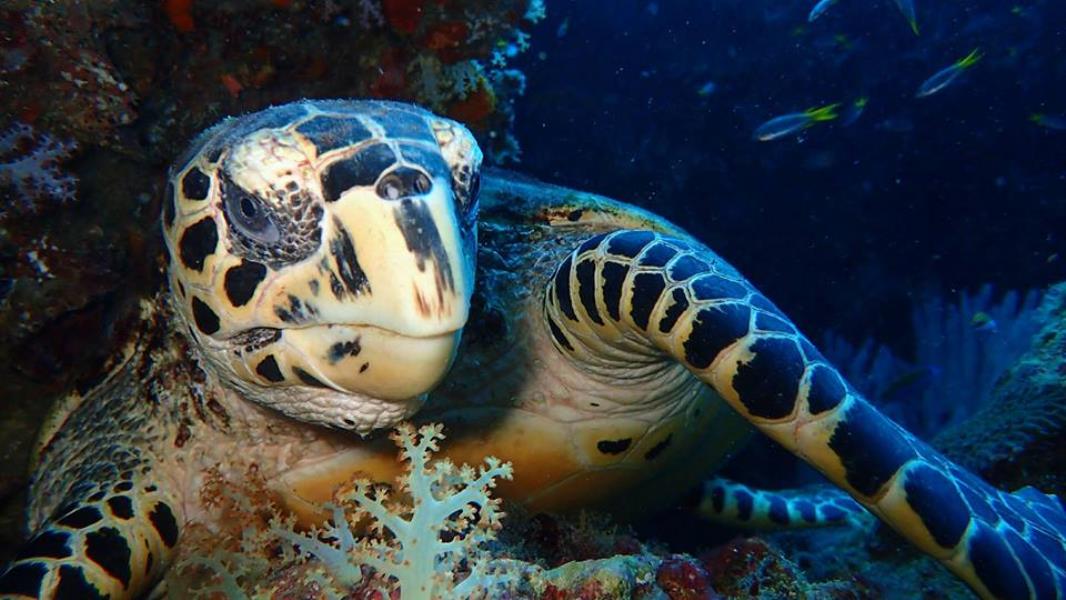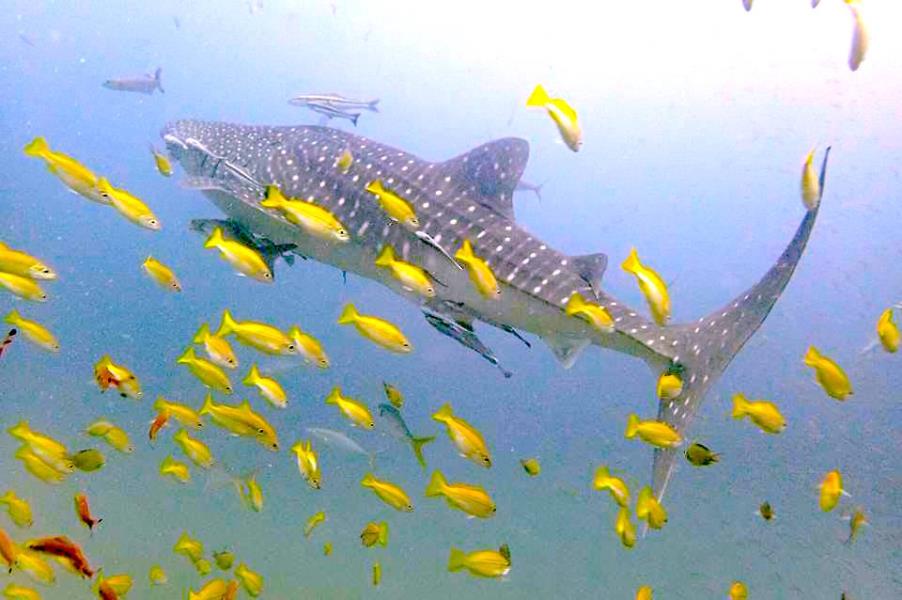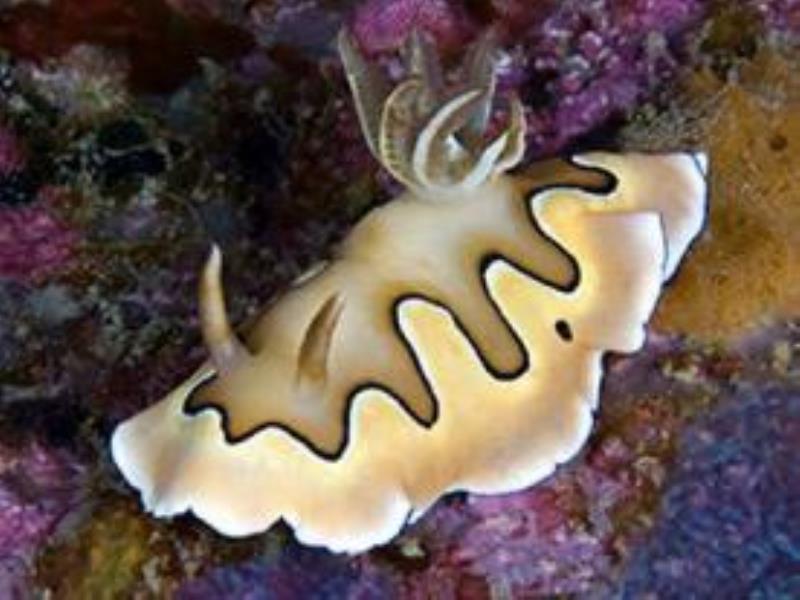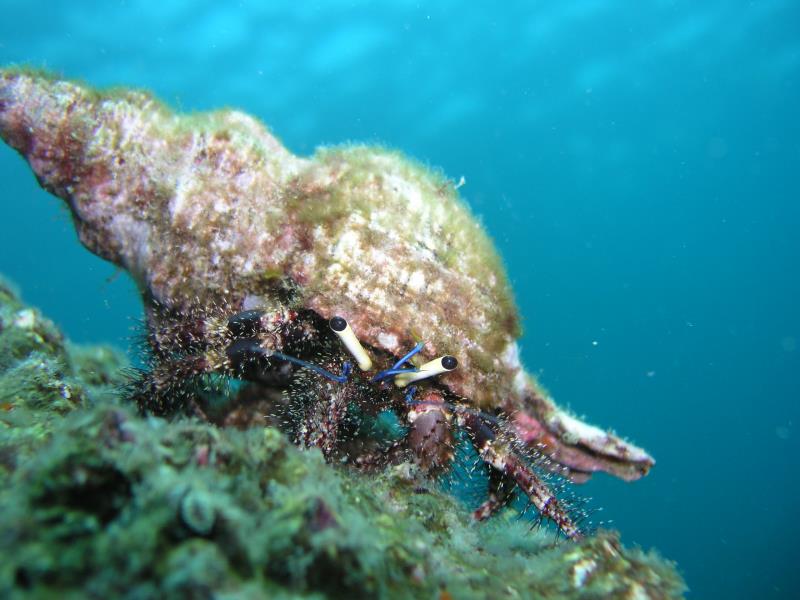 Scuba Diving in Thailand
Scuba Diving in Thailand
198 Dive Sites 346 Dive Shops 104 Dive Logs
Part 1: Overview of Scuba Diving in Thailand
With a lengthy coastline bordering the Andaman Sea, as well as the Gulf of Thailand, scuba diving in Thailand is big business. Its varied dives sites, mostly saltwater, attract divers from around the world and in all the months of the year. Although Thailand has a monsoon season, there is always scope for diving.
The best months for scuba diving in the Andaman Sea are June to October, but during winter, the Gulf of Thailand is at its best until April. Some specific dive areas, like Pattaya near Bangkok, offer some shelter from the harsh rains and winds of the monsoon, and diving months here are slightly longer.
Phuket is accepted as one of the best locations for saltwater diving in Thailand. It’s simple to get to with an international airport in the north, and an impressive cluster of dive shops along its south coast demonstrates its commitment to the sport.
The relatively calm waters that lie between the island and Krabi on the mainland host a range of diving opportunities for beginners as well as the most advanced, blending pretty tidal coral reefs with exhilarating wreck dives. It also acts as a gateway to some of the more challenging dives in Thailand, with speedboat and liveaboard trips leaving daily for Richelieu Rock and the Similan Islands.
Home to the exciting attractions of the Shark Point Marine Sanctuary and the vibrant rocky reefs of Racha Yai, scuba diving in Phuket has an understandably well-deserved reputation.
While the attractions of the Andaman Sea are plentiful, scuba diving in the Gulf of Thailand definitely shouldn’t be ignored. The island of Koh Samui, second largest after Phuket, is a veritable diver’s paradise and also boasts an international airport of its own. Sail Rock, a protruding outcrop jutting 15 meters above sea level, and the magical islands of Koh Yippon, which litter the surrounding waters, all merit a visit.
Part 2: Dive Sites, Marine Life & Environment in Thailand
The best and arguably most popular diving locations in Thailand are found surrounding the islands that lie off its southern stretch as far south as Krabi, which is still on the mainland. The equatorial waters here give great visibility throughout the year, and beginner’s reef dives are as plentiful and enjoyable as the many off shore wreck dives enjoyed by the most experienced divers. Certification training in Thailand is based almost entirely on PADI courses, and the majority of dive schools training to at least advanced level.
Starting on the west coast, where the Andaman Sea has a well earned reputation for spectacular dive sites, the majority of diving locations are concentrated around the island of Phuket and the stretch of water between here and Krabi on the mainland. Shore dives and snorkeling are easy to access from most beach points, but with scuba diving such a large part of the tourism industry in Thailand competing dive schools can be found along this entire stretch of coastline, as well as on the islands.
There are twenty-six National Marine Parks in Thailand, and three of these have been nominated to receive the World Heritage Status. Mu Koh Tarutao, Mu Koh Similan and Mu Koh Surin, which are all located in the Andaman Sea, are home to plentiful and diverse marine life and have been attracting scuba divers to Thailand since the sport first became popular in the late 1970’s.
Mu Koh Tarutao is an archipelago of 51 islands, which are almost entirely uninhabited. Cave diving here is in the limestone rocky cliffs of the islands’ walls, and relaxing breaks from underwater pursuits are usually enjoyed on the secluded sandy beaches above.
Closer to the mainland, the Similan Islands (Mu Koh Similan) also attract divers on regular excursions. The range of granite mountains, protuding from the seabed to the highest point of 244m, are surrounded by vivid coral reefs and a complex ecosystem.
They are most often visited by liveaboard scuba diving trips, but reaching them by speedboat for a dive or two is also possible. The last of these three National Marine Parks, Mu Koh Surin, boasts the famous dive site, Richelieu Rock. Isolated to the east of the main Surin islands, the wall dive of Richelieu is almost completely submerged and diving here is from a drifting boat in strong currents.
In the east, the Gulf of Thailand is also littered with plentiful dive sites. The island of Koh Samui, a party island and popular with tourists, also attracts serious scuba divers to its clear waters. Beach dives are possible around some parts of the northeast, but the majority of dive sites are visited by boat.
Dive sites here range from the submerged walls of Chumphon Pinnacle, and the remarkable protrusion of Sail Rock, to the gentle drift dives of the relaxed coral reefs. The currents here tend to be relatively gentle, and the formation of the Gulf affords protection from the most violent weather.
Whale sharks and rays are often seen in these waters, and with feeding grounds increasing over the past decade, the chances of spotting these fabulous creatures are becoming more likely.
Part 3: Dive Shops, Airports & Logistics of Diving in Thailand
Diving in Thailand has grown to be the singularly most popular water sport in the country, and even though the majority of dive sites and shops are found in the southern part of the country, it kicked off at Pattaya near Bangkok within easy reach of Thailand’s largest international airport.
The Aquanauts Dive Centre in Pattaya is one of the oldest in the area, and arguably the most respected. Opened in 1996 by its British and Dutch owners, it operates PADI courses in all aspects of scuba diving, including a much sought-after month-long instructor internship. As authorized dealers for Scuba-pro, Aqualung and a variety of other big name brands, it offers a comprehensive dive experience suitable for all levels.
Further south in the Gulf of Thailand, the island of Koh Tao is a mecca for water sports enthusiasts so it’s no surprise that one of the most popular dive schools is located right on its waters edge. Ban’s Diving Resort has a beachfront location on Koh Tao, and as well as its five star dive school status, it also holds a number of PADI awards for various achievements.
Best Dive Centre Thailand 2009, Best Dive Centre Asia Pacific Region 2009, and an award for its outstanding contribution to diver instructor training, are only just eclipsed by its acclaimed eco-conscious status; not to mention, PADI President Dr. Richardson awarded it the PADI Green Star in 2009. Easy to reach from the international airport on nearby Koh Samui, It’s one of just a handful of dive centers in Thailand to hold so many awards, making it a popular choice amongst divers.
Despite the roots of scuba diving in Thailand originating towards the north, the Andaman Sea, with its multiple National Marine Parks and enormous variety of dive types, now attracts the majority of the diving population heading to Asia. The island of Phuket, historically known for its picturesque beaches and clear waters, has also developed a large following in the diving community and the main towns are filled with competing dive centers.
Diving trips are well planned here with set routes and dates used by different resorts. And with a real emphasis on the preservation of the natural marine areas across the country, an increasing number of eco dives are offered in the area, designed to protect the fragile coral reefs in the most visited of the National Parks.
Thailand Divers, based at Patong Beach on the island, is a large operation with an endorsement from National Geographic. It operates liveaboard trips to all the main outlying dive sites as well as regular PADI courses around the year.
---- Book Your Diving ----
Fill in the Form Below.
Our hand picked regional partners will deliver no obligation quotes.
Tweets by @DiveAdvisorApp
Top Dive Shops
Top Dive Sites
Reviews
Dive Logs
-
Andy Tuesday, February 12, 2019
-
Andy Sunday, April 21, 2019
Pattaya Scuba Adventures Koh Khrok ( Pattaya Near Island) view log
Certifications Offered
-
Bubblemaker
Blue Guru Diving , Khura Buri -
Discover Scuba Diving
Blue Guru Diving , Khura Buri -
Open Water Diver
Blue Guru Diving , Khura Buri
Marine Life
Dive Types & Activities
- Wreck Dive
- Training
- Reef Dive
- Underwater Photo & Video
- Boat Dive
- Beach Dive
- Drift Dive

